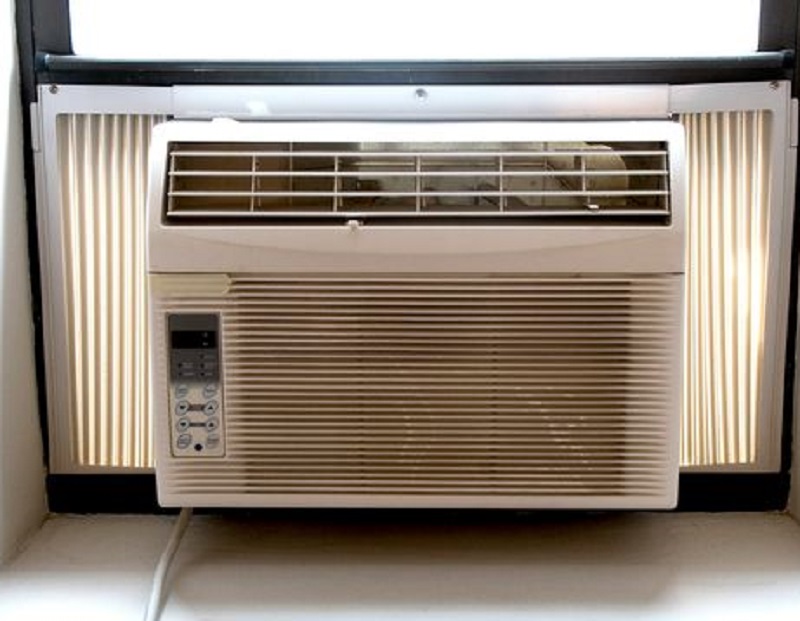Wearing sunscreen while outside is an absolute essential. And while most people know this, there are still some unknown or unfollowed sunscreen rules that tend to fall into the cracks. Here we debunk the most common sunscreen misconceptions, while going over sunscreen tricks and tips everyone needs to follow.
Common misconceptions about sunscreen usage
Water resistant sunscreen means you don’t have to reapply after swimming.
Water resistant sunscreens mean that those sunscreens are still effective for a certain amount of time while in contact with water. But, once you get out of the water or you’ve been sweating for a period of time, you need to reapply your sunscreen right away. This is because these sunscreens are not waterproof, and do wear off when exposed to excessive amounts of water or sweat. In fact, the FDA banned the terms “waterproof” and “sweatproof” on sunscreens because of how misleading and false they were.
Sunscreens that claim to last up to 4 to 6 hours only need to be reapplied after those times.
Sunscreen must be reapplied every 2 hours, or immediately after swimming or sweating. Many factors contribute to sunscreen rubbing and wearing off, including swimming, sweating, rubbing at the skin, and drying with a towel.
A little goes a long way.
According to the American Academy of Dermatology, the majority of people only use 25 to 50 percent of the recommended amount of sunscreen. The recommended amount is one ounce (enough to fill a shot glass) for the entire body, or, one teaspoon for each limb, two teaspoons for the stomach, chest, and back, and half a teaspoon for the face, ears, and neck. The less sunscreen you use, the less protection you’re getting. So, always make sure to lather up.
You don’t need sunscreen on a cloudy day.
Even on cloudy days, the sun still emits up to 80% of harmful UV rays, which can penetrate skin.
You don’t need to use sunscreen because …
Everybody needs to wear sunscreen, no matter their race, age, skin color or skin type. Anyone can get skin cancer, regardless of whether or not they burn in the sun.
So, what should you look for in your sunscreen?
- SPF of 30 or higher.
- Broad-spectrum protection
- Water resistance
Other factors to remember when using sunscreen:
- Sunscreen does expire. While the FDA does require sunscreens to retain their strength for up to 3 years, certain factors do cause sunscreens to lose their potency, such as being kept in a hot place for long periods of time. Never use a sunscreen that is past its expiration date, or is discolored or has a change in consistency.
- You’re not limited to one type of sunscreen. There are many different types of sunscreens, including lotions, creams, gels, ointments, wax sticks and sprays. Creams are good for the face, gels for hairy areas, and sticks for around the eyes. Use whichever type you like the best.
- Sunscreen is not the only way to protect your skin. When out in the sun, wear loose clothing that covers your body, wide brimmed hats to cover your face and neck, and try to stay in the shade as much as possible.
Sources: American Academy of Dermatology, The Checkout



















